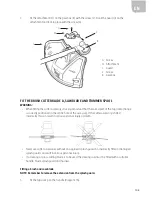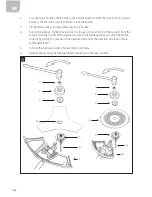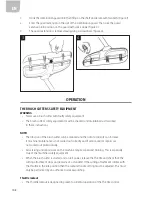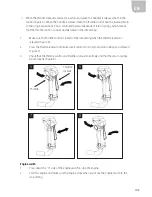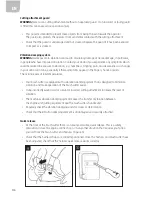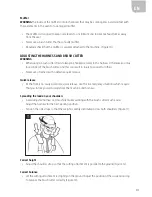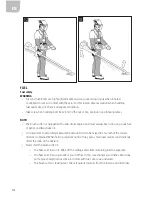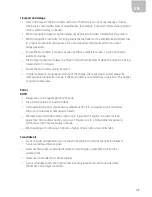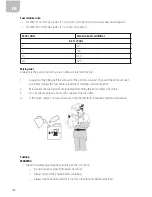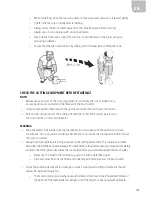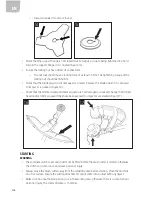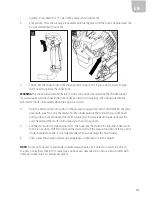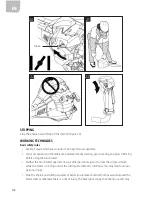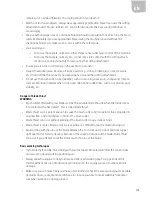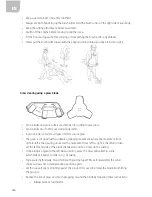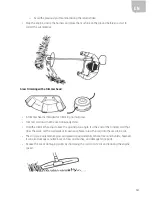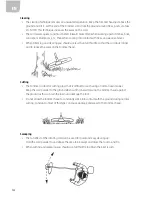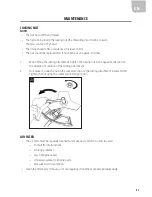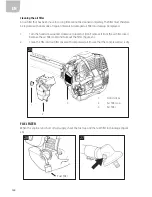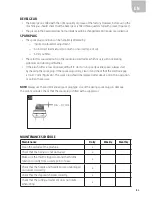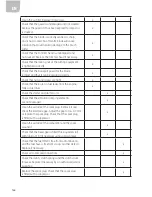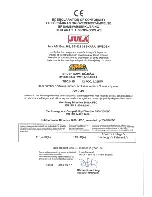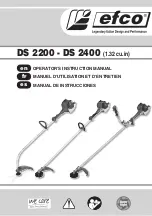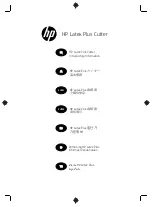
EN
119
remain so for a while afterwards. You could get burnt if you touch it.
• Watch out for thrown objects. Always wear approved eye protection. Never lean over the cutting
attachment guard. Stones, rubbish, etc. can be thrown up into the eyes causing blindness or
serious injury.
• Keep unauthorised persons at a distance. Nobody should come within 15 metres. Stop the brush
cutter immediately if you are approached. Never swing the machine around without first
checking behind you to make sure no- one is within the safety zone.
• Look around you:
– To ensure that people, animals or other things cannot affect your control of the machine.
– To ensure that people, animals, etc., do not come into contact with the cutting attach-
ment or loose objects that are thrown out by the cutting attachment.
• Ensure you are able to call for help in the event of an accident.
• Inspect the working area. Remove all loose objects (e.g. stones, broken glass, nails, steel wire
etc.) that could be thrown out or become wrapped around the cutting attachment.
• Do not use the brush cutter in bad weather, such as dense fog, heavy rain, strong wind, intense
cold, etc. Working in bad weather is tiring and often brings added risks, such as icy ground, poor
visibility, etc.
Danger of blade thrust
WARNING
• Brush cutters fitted with grass blades can be thrown violently to the side when the blade comes
into contact with a fixed object. This is called blade thrust.
• Blade thrust can be violent enough to cause the brush cutter and/or operator to be propelled in
any direction, and possibly lose control of the brush cutter.
• Blade thrust can occur without warning if the brush cutter snags, stalls or binds.
• Blade thrust is more likely to occur in areas where it is difficult to see the material being cut.
• Avoid cutting with the area of the blade between the 12 o’clock and 3 o’clock positions (upper
right quarter) for forestry clearing. Because of the speed of rotation of the blade, blade thrust
can occur if you attempt to cut thick stems with this area of the blade.
Basic working techniques
• Try to work rhythmically. Stand firmly with your feet apart. Move forward after the return stroke
and assume a steady working position again
• Always allow the engine to slow to idle speed after each working bout. Long periods at full
throttle without any load (from clearing/trimming) on the engine can lead to serious engine
damage.
• Make sure you can move freely and have a firm foothold. Check the area around you for possible
obstacles (roots, rocks, branches, ditches, etc.) in case you have to move suddenly. Take great
care when working on sloping ground.
Summary of Contents for 721-349
Page 101: ...EN 101 Open the choke...
Page 127: ......

